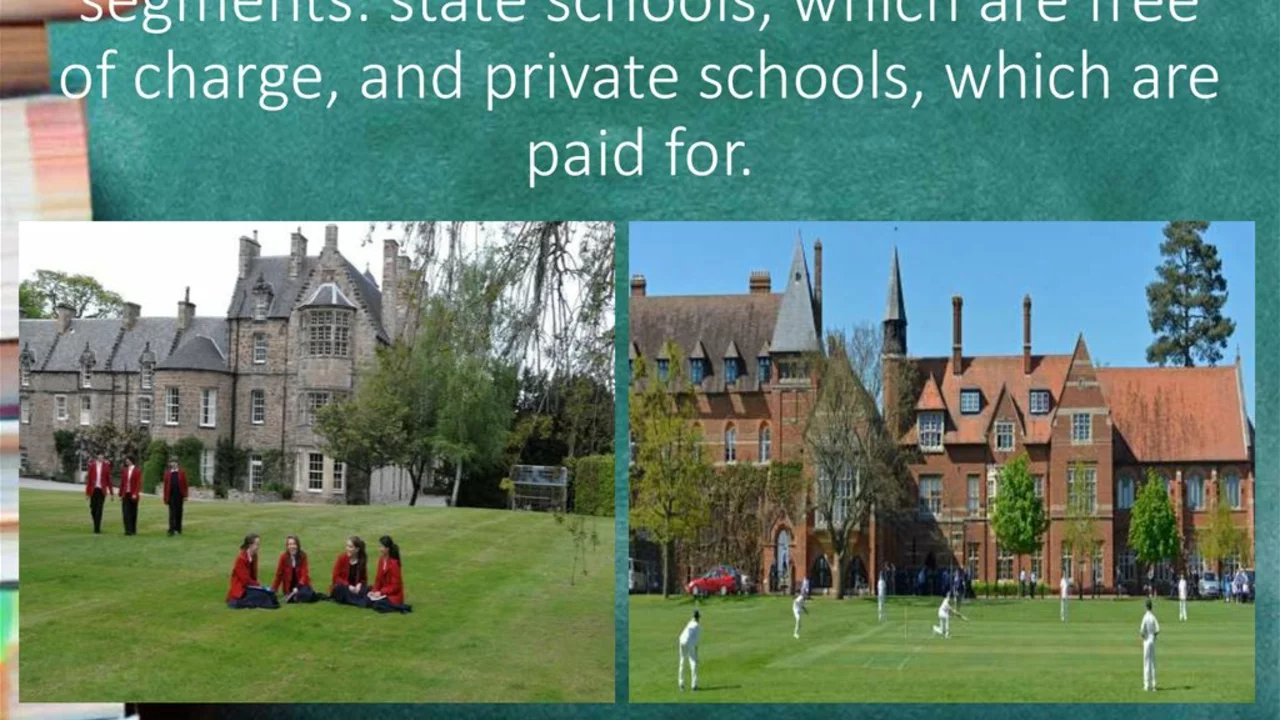Education Commercialization: The Real Deal Behind the Money in Learning
Ever wonder why your tuition bill feels like a tiny mortgage? That’s the commercial side of education showing up. From private tutoring to flashy edtech apps, money talks louder than chalk these days. In this guide we break down where the cash flows, why it matters, and what you can do to stay in control.
Why Education Is Becoming a Business
First off, higher education costs have been climbing faster than inflation for a decade. Universities treat courses like products, adding fees for labs, sports, and even Wi‑Fi. The result? Students graduate with degrees and debt that looks more like a credit‑card bill.
At the same time, the private tutoring market is booming. Parents see tutoring as a "must‑have" to keep kids competitive, so companies charge premium rates for one‑on‑one sessions, test‑prep bootcamps, and online subscriptions. It’s a classic supply‑and‑demand story, but the supply is now driven by profit motives.
Edtech startups are the newest players. They promise personalized learning, AI‑powered quizzes, and gamified lessons. Investors pour millions because they see a fast‑growing market, not necessarily because the tools improve outcomes for every learner. The result? A flood of apps that charge monthly fees, often with hidden upgrades.
What You Can Do As a Student or Parent
Know your options before you sign any contract. Compare tuition across colleges, look for scholarships, and ask about hidden costs like mandatory activity fees. A quick spreadsheet can reveal cheaper alternatives that still offer the same program.
When it comes to tutoring, shop around. Local university students often charge less than big‑brand chains, and group sessions can slash the price per hour. Many free resources exist – YouTube tutorials, open‑source textbooks, and community study groups – that can replace paid services.
For edtech, read reviews and test free trials before committing. Ask yourself if the app adds real value beyond what you can get from free platforms like Khan Academy or public library resources. Remember, a pricey subscription doesn’t guarantee better grades.
Finally, get involved in school decisions. Many colleges have student committees that review tuition hikes and policy changes. Voice your concerns, and you might help push the institution toward more transparent pricing.
Education will always need money to run, but understanding where that money goes helps you make smarter choices. Whether you’re paying for a degree, a tutoring session, or an app, keep the focus on learning outcomes—not just the price tag.
- Maxwell Harrington
- 0 Comments
Why is the education system in the US a big business?
The education system in the US has turned into a big business due to a variety of factors. High tuition fees, especially for colleges and universities, generate massive profits. The growing demand for educational resources, textbooks, and technology all contribute to this business model. The privatization of schools and the proliferation of online learning platforms have further commercialized education. It's a complex issue that raises questions about the very purpose and value of education.
View More